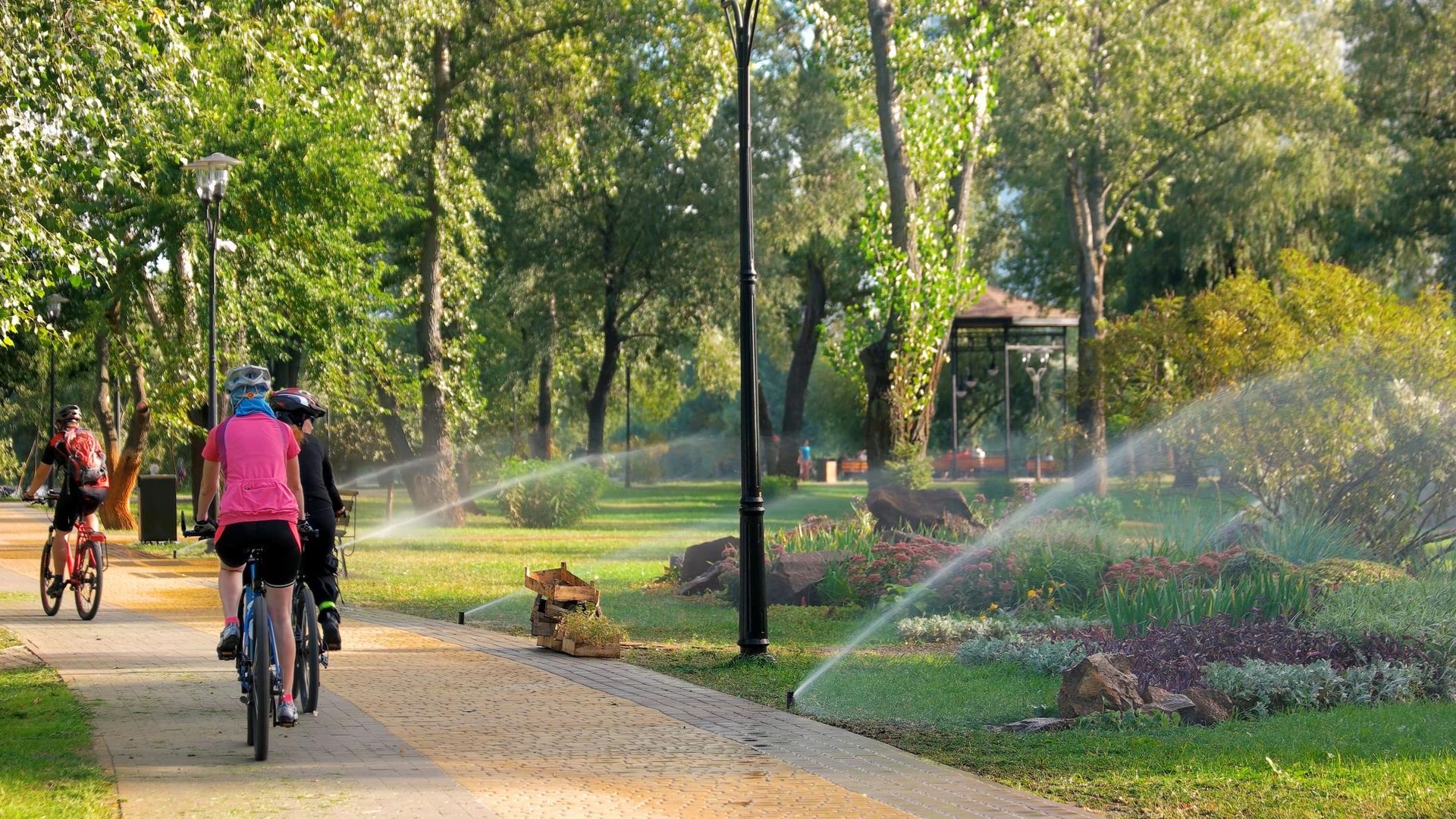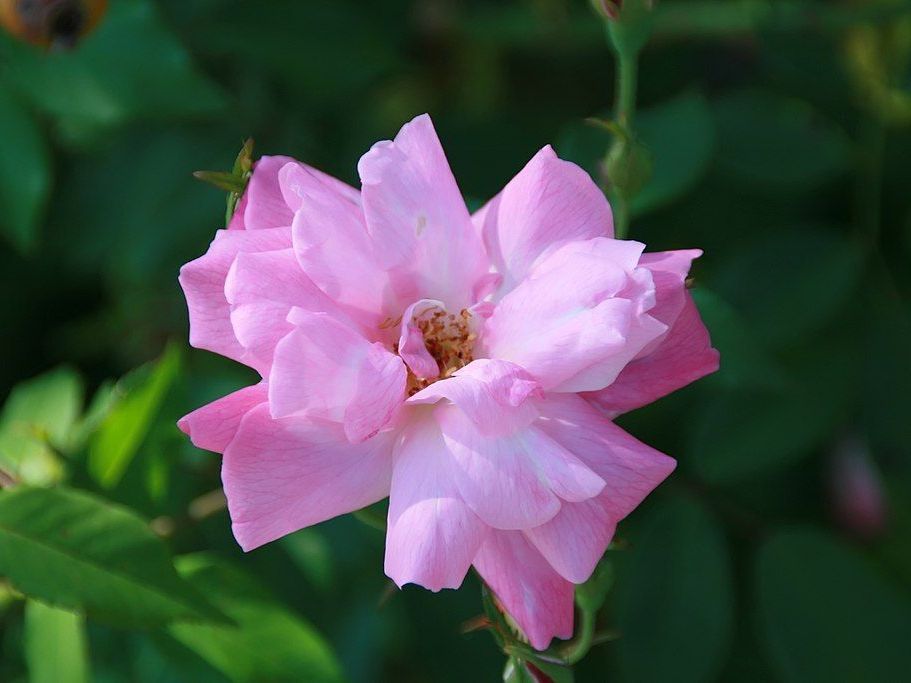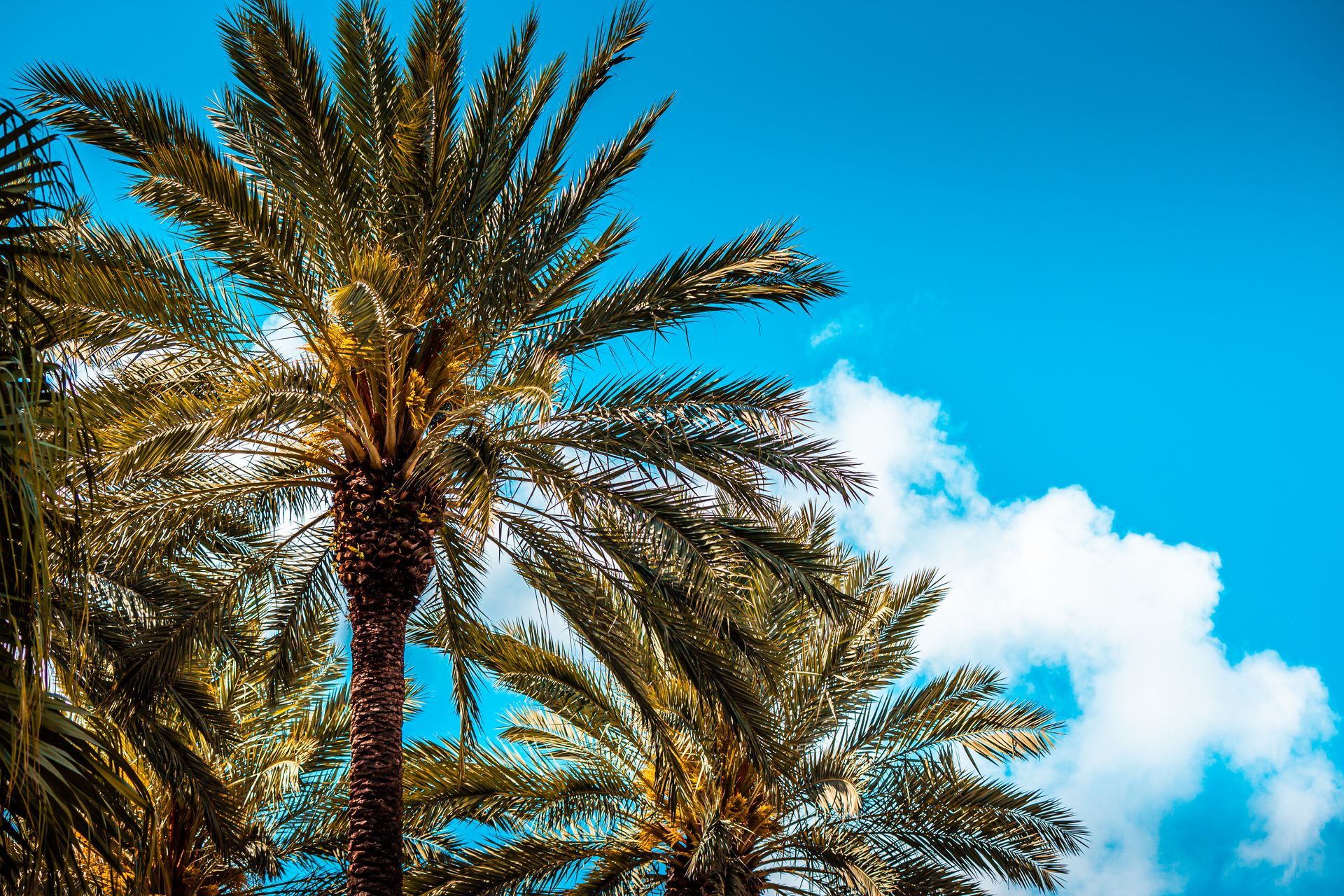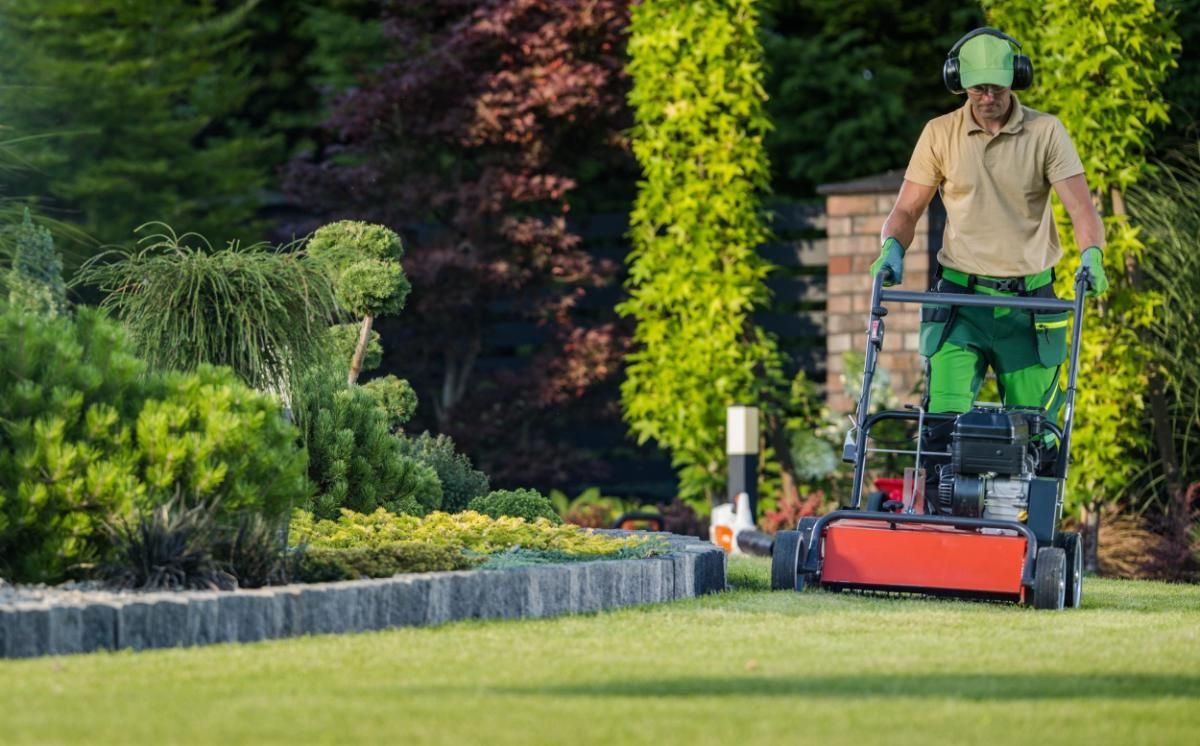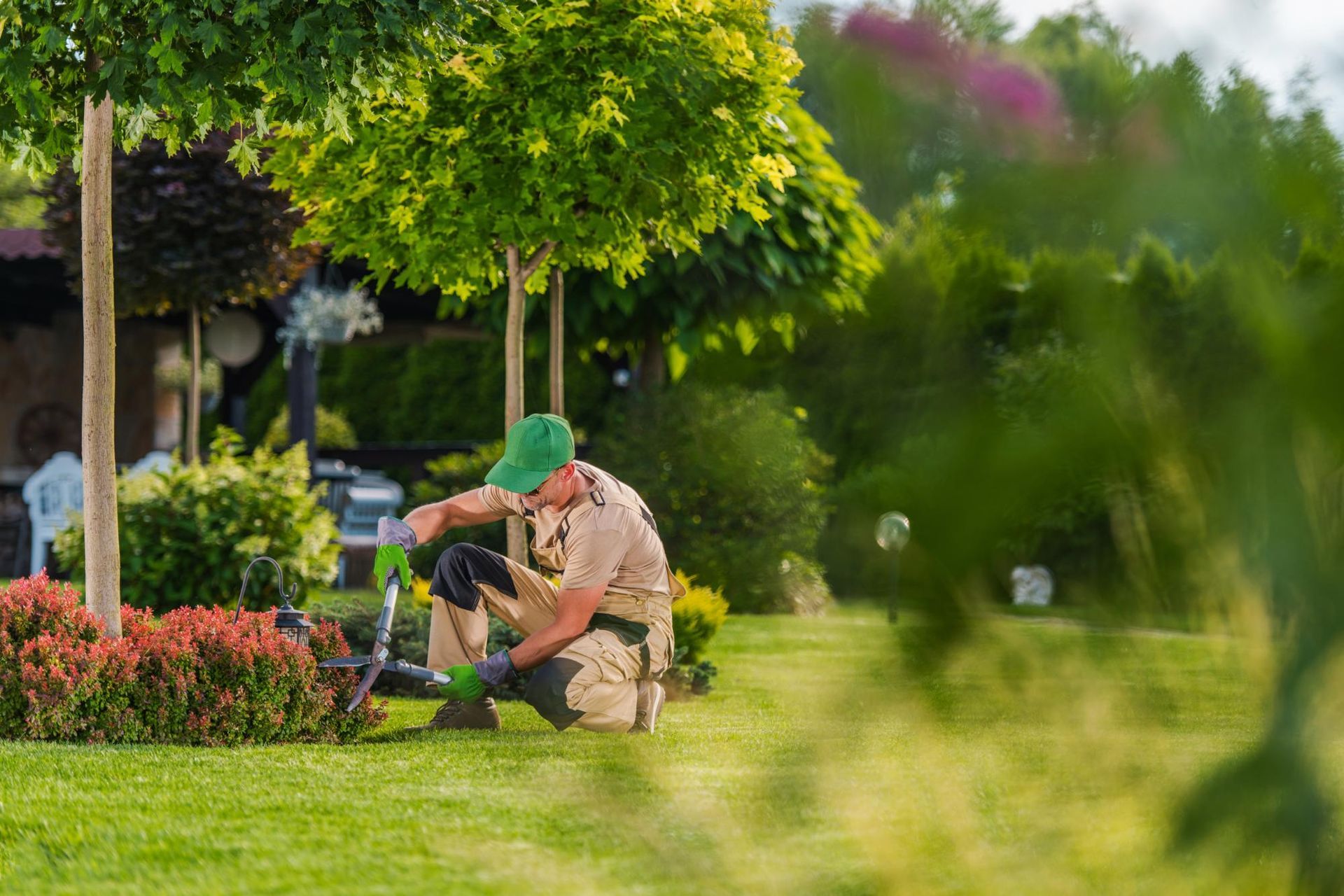Drought-Tolerant Plants for Corpus Christi Yards
What plants to look for in the Texas heat?
As we all know, Corpus Christi experiences its fair share of dry spells, making water conservation a priority for our community. In this post, we'll explore an array of plants that not only thrive in our local climate but also add beauty and resilience to your yard, all while requiring minimal water. Whether you're a seasoned gardener or just starting out, our guide to drought-tolerant plants is here to help you create a stunning, sustainable landscape that flourishes year-round in Corpus Christi's unique environment.
Here is the list of a few plants:
Rose, Old Blush (Rosa old blush)
This is an antique rose that features a beautifully deep pink color that only needs to be watered on the occassion. You can enjoy this plant sprouting every spring. Take into consideration when planting the rose plant that in needs to be out in full sun to grow strong and healthy. These plants can span out to 5 ft wide and 5 ft tall.
Barbados Cherry (Malpighia glabra)
The Barbados Cherry (Malpighia glabra) is a versatile shrub that can be an excellent addition to a Texas garden. It grows to a modest height of 4-6 feet or taller, with a spread of 2-3 feet, allowing it to fit into various landscape designs. This shrub prefers sun to partial shade, thriving in southeast exposure, and it blooms from spring to fall, offering white to pale pink flowers that are about half an inch in size with a delicate, crepe-paper texture. Not only are the red berries it produces attractive to birds and small mammals, but the plant is also evergreen in temperatures above 25°F, providing year-round interest in the garden.
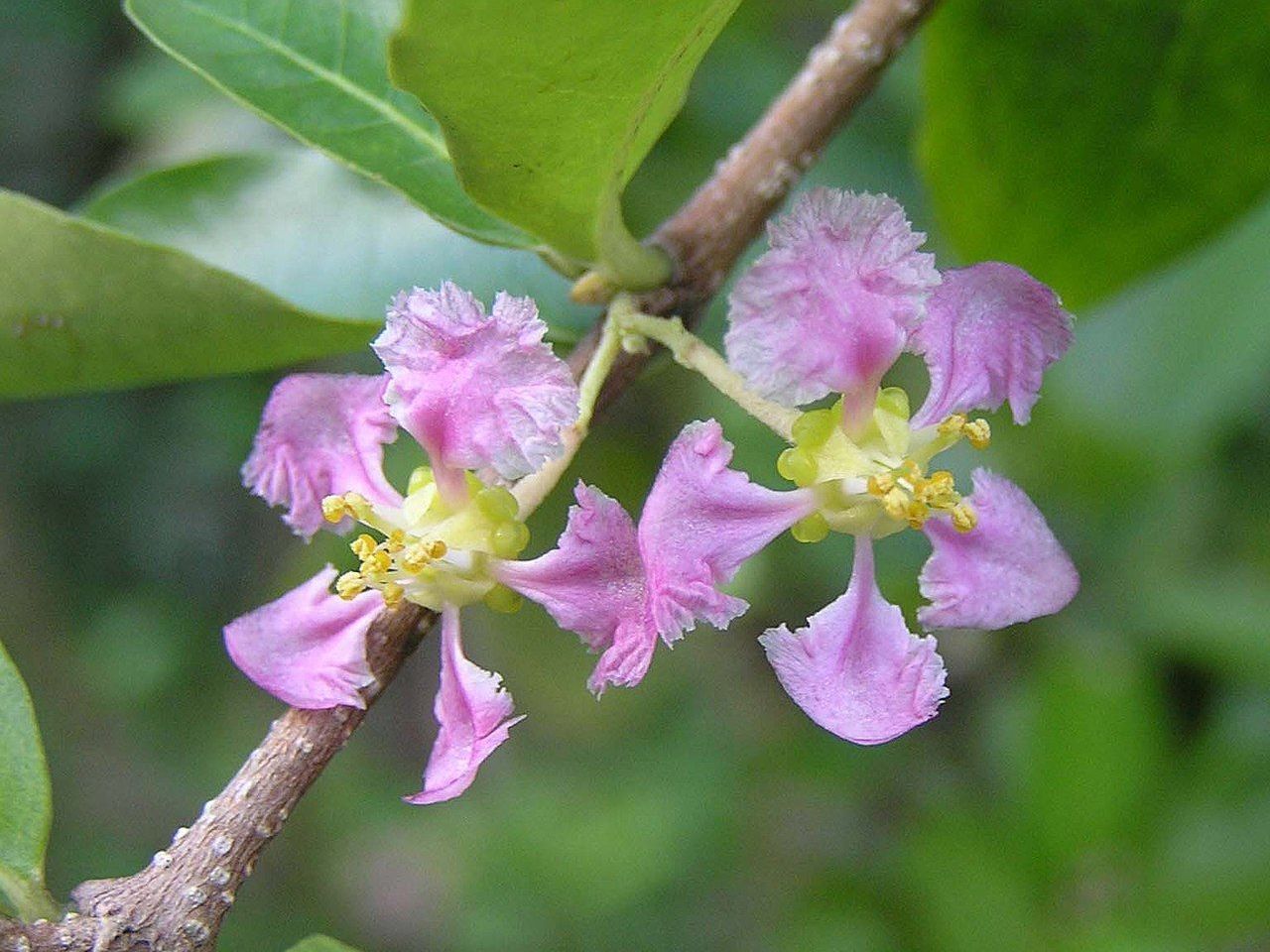
Germander, Bush (Teucrium fruticans)
Bush Germander (Teucrium fruticans) is a hardy shrub well-suited to sunny or partly shaded areas, growing evenly in both height and width to about 4-6 feet. It's an excellent choice for gardeners looking for low-maintenance options as it requires minimal watering and no specific shaping, promoting a natural growth habit. In summer, it boasts attractive lavender or blue flowers that are a magnet for bees and butterflies, adding to its environmental value. The foliage is a silvery-gray green, providing a unique color contrast in the landscape. Bush Germander's tolerance for drought and its ease of care make it a smart addition for gardens in regions with similar climates to Texas.
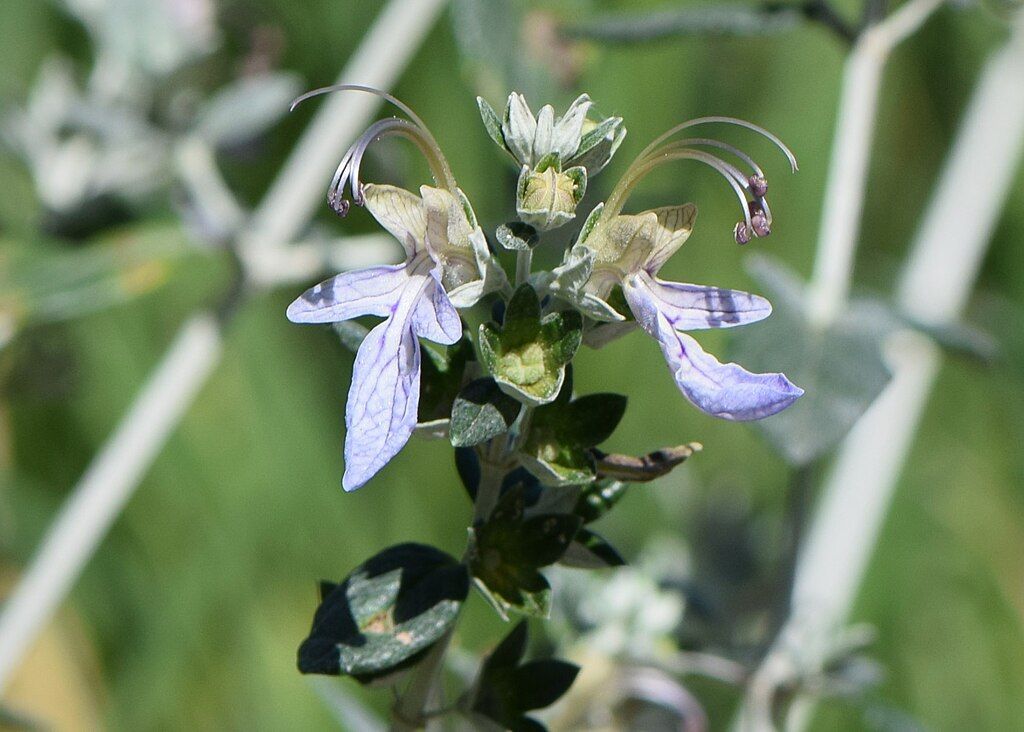
Senna, Flowering (Senna corymbosa)
Flowering Senna (Senna corymbosa) is a vibrant shrub that can reach 6-8 feet in height with a spread of 4-6 feet, making it a substantial presence in the landscape. It flourishes in full sun to partial shade and is particularly well-adapted to caliche soils, common in some Texas regions. Throughout summer and fall, it produces eye-catching yellow flowers that are highly attractive to hummingbirds and butterflies, enhancing biodiversity in the garden. While it is susceptible to freezing temperatures, it can be pruned to shape or to raise the canopy, allowing for versatility in garden design. Its dark green leaves and showy blooms make the Flowering Senna a standout choice for those looking to add a touch of drama and wildlife-friendly planting to their yard.
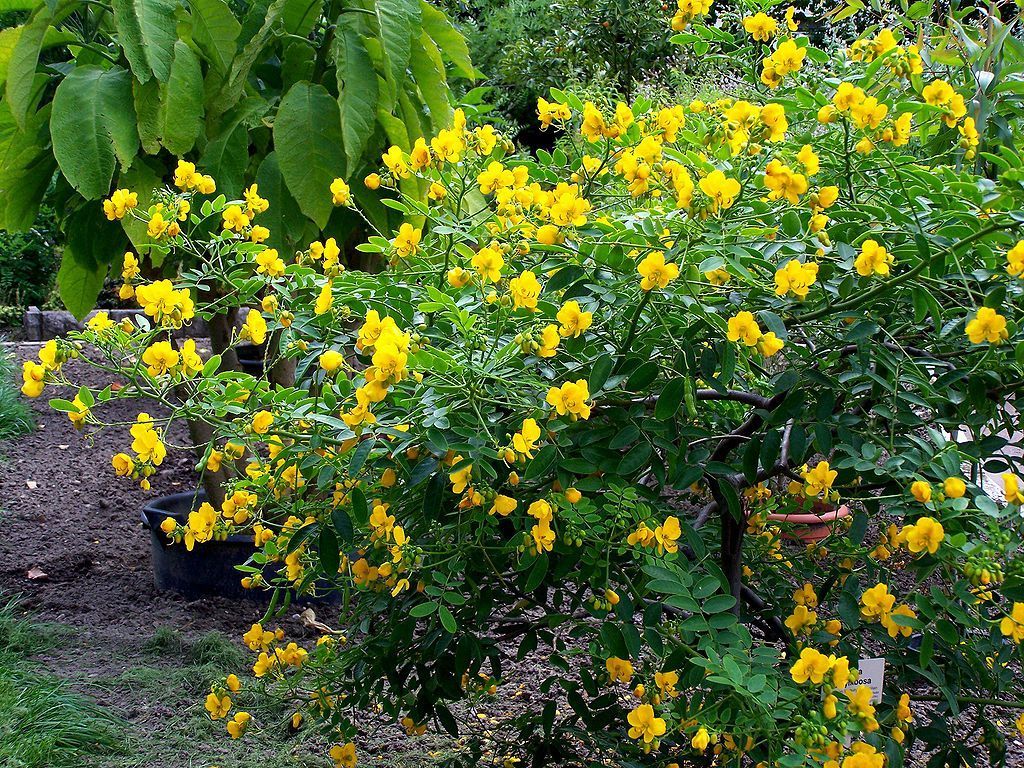
Bird of Paradise, (Yellow Caesalpinia gilliesii)
The Yellow Bird of Paradise (Caesalpinia gilliesii) is a striking shrub that can add a touch of the tropics to any landscape with its light, airy foliage and distinctive yellow flowers with orange accents. It reaches an impressive height of 6-8 feet and can spread 6-12 feet wide, demanding attention in a garden setting. This plant is renowned for its hardiness and resilience against disease and pests, making it a robust choice for gardeners. It's important to note that while it attracts pollinators, its seeds are toxic, so care should be taken if there are pets or small children. Pruning for the Yellow Bird of Paradise is typically minimal, focused on shaping, and applying mulch can help protect its roots from winter damage.
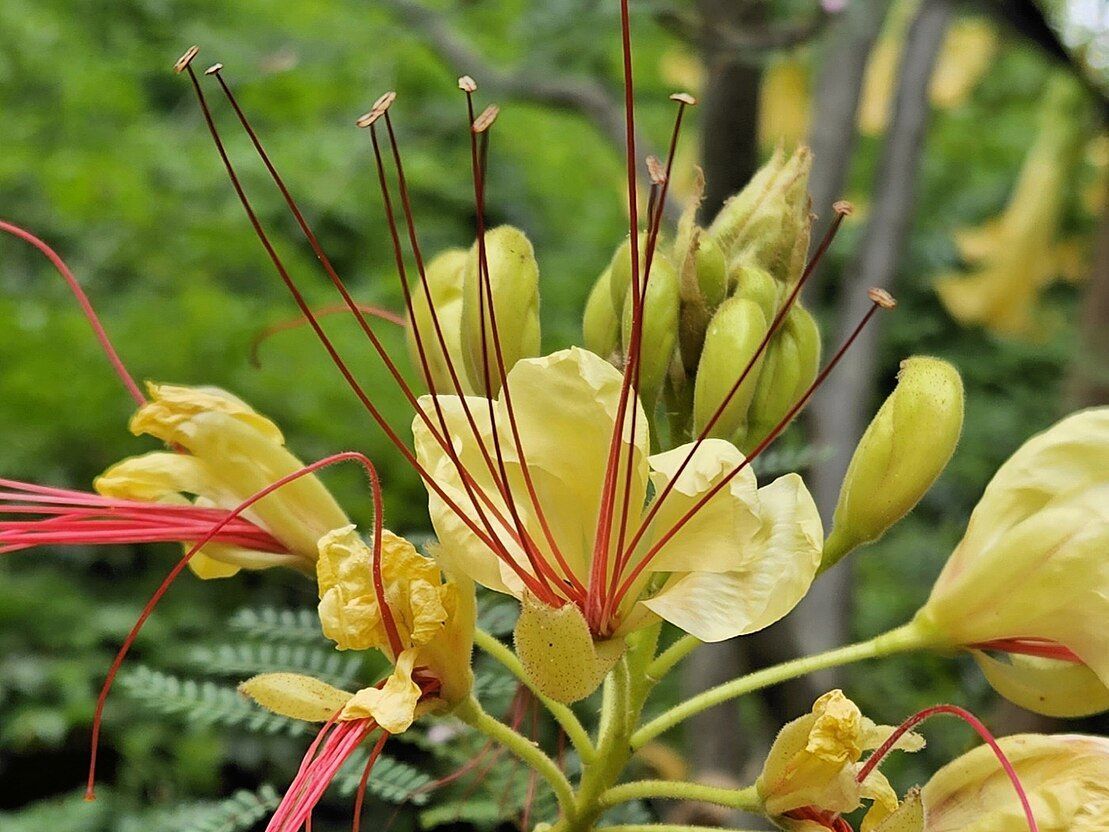
Garden Oasis: Ending on a Note of Resilience and Sustainability
As we wrap up our exploration of drought-tolerant plants for your garden, it's clear that creating a water-wise landscape doesn't mean sacrificing beauty or variety. From the vibrant blooms of the Yellow Bird of Paradise to the edible cherries of the Barbados Cherry, each plant we've discussed offers a unique contribution to a sustainable garden. By choosing these resilient species, we not only ease our gardening efforts but also contribute positively to our local ecosystems and conservation efforts. Let's embrace these hardy, drought-tolerant plants and enjoy the lush, vibrant gardens that thrive even under the challenging conditions of water scarcity. Happy gardening, and may your green space be a testament to both beauty and resilience!
